September 27, 2023
Act now on retrofitting if you want to boost commercial property values, new report argues
 For European real estate owners and investors already on a journey to net-zero-carbon through retrofitting, upfront spending has the potential for long-term rent and capital-value accumulation, according to a new report from Colliers. Europe’s Renovation Wave [registration] explores the regulatory and societal pressures the authors claim is now driving an era of accelerated asset renovation, and the proactive actions investors, owners and occupiers can take to make sure their assets are not ‘left behind and stranded’ in the race to decarbonise the built environment by 2050. Retrofitting is also the subject of a special supplement published in the new issue of IN Magazine. (more…)
For European real estate owners and investors already on a journey to net-zero-carbon through retrofitting, upfront spending has the potential for long-term rent and capital-value accumulation, according to a new report from Colliers. Europe’s Renovation Wave [registration] explores the regulatory and societal pressures the authors claim is now driving an era of accelerated asset renovation, and the proactive actions investors, owners and occupiers can take to make sure their assets are not ‘left behind and stranded’ in the race to decarbonise the built environment by 2050. Retrofitting is also the subject of a special supplement published in the new issue of IN Magazine. (more…)






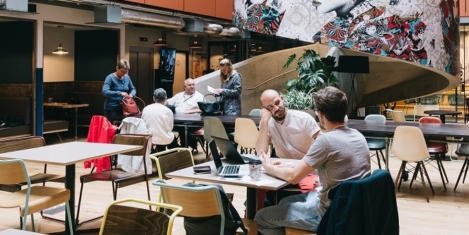
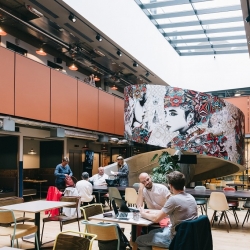
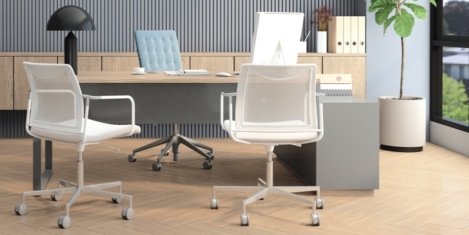







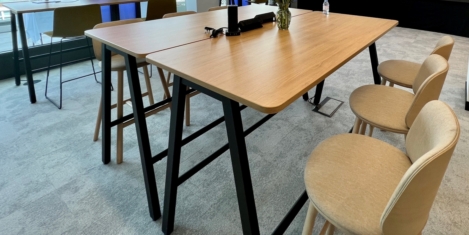
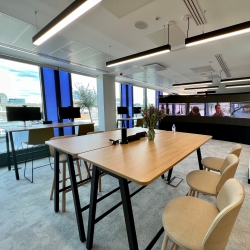 Zoom has opened a new London ‘Engagement Hub’ which the firm claims will spearhead the shift from traditional office spaces to ‘experiential working hubs’. With the demand for hybrid working and remote capabilities giving rise to unconventional ways of operating, Zoom says it has designed its new office to support the changing nature of the employee experience, marking a new era of modern work.
Zoom has opened a new London ‘Engagement Hub’ which the firm claims will spearhead the shift from traditional office spaces to ‘experiential working hubs’. With the demand for hybrid working and remote capabilities giving rise to unconventional ways of operating, Zoom says it has designed its new office to support the changing nature of the employee experience, marking a new era of modern work. 


 As organizations adopt hybrid work, reduce their real estate footprint and redesign floor plans, space planners are running into a slew of new challenges. Yesterday’s antiquated tools can’t handle these challenges, because they were built for the old, relatively static world of work.
As organizations adopt hybrid work, reduce their real estate footprint and redesign floor plans, space planners are running into a slew of new challenges. Yesterday’s antiquated tools can’t handle these challenges, because they were built for the old, relatively static world of work. 












September 5, 2023
From ego to eco – a universal approach to workplace transformation
by Eugenia Anastassiou • Comment, Environment, Everything Omni
(more…)